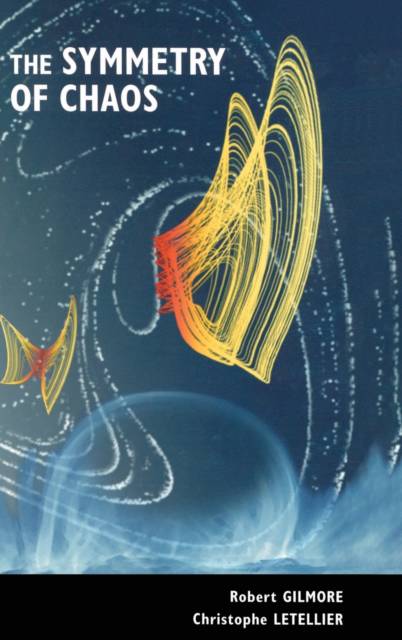
- Retrait gratuit dans votre magasin Club
- 7.000.000 titres dans notre catalogue
- Payer en toute sécurité
- Toujours un magasin près de chez vous
- Retrait gratuit dans votre magasin Club
- 7.000.0000 titres dans notre catalogue
- Payer en toute sécurité
- Toujours un magasin près de chez vous
The Symmetry of Chaos
Robert (Professor, Physics Department, Professor, Physics Depart, Christophe (Chaotician, Chaotician, Universite de Rouen) Letelli
Livre relié
102,95 €
+ 205 points
Description
Why have scientists, engineers, and mathematicians become intrigued by chaos? Chaos is about predictability in even the most unstable systems, and symmetry is a pattern of predictability - a conceptual tool to help understand complex behaviour. This book aims to treat this interplay between chaos and symmetry.
Spécifications
Parties prenantes
- Auteur(s) :
- Editeur:
Contenu
- Nombre de pages :
- 560
Caractéristiques
- EAN:
- 9780195310658
- Date de parution :
- 17-05-07
- Format:
- Livre relié
- Dimensions :
- 245 mm x 162 mm
- Poids :
- 920 g

Les avis
Nous publions uniquement les avis qui respectent les conditions requises. Consultez nos conditions pour les avis.






